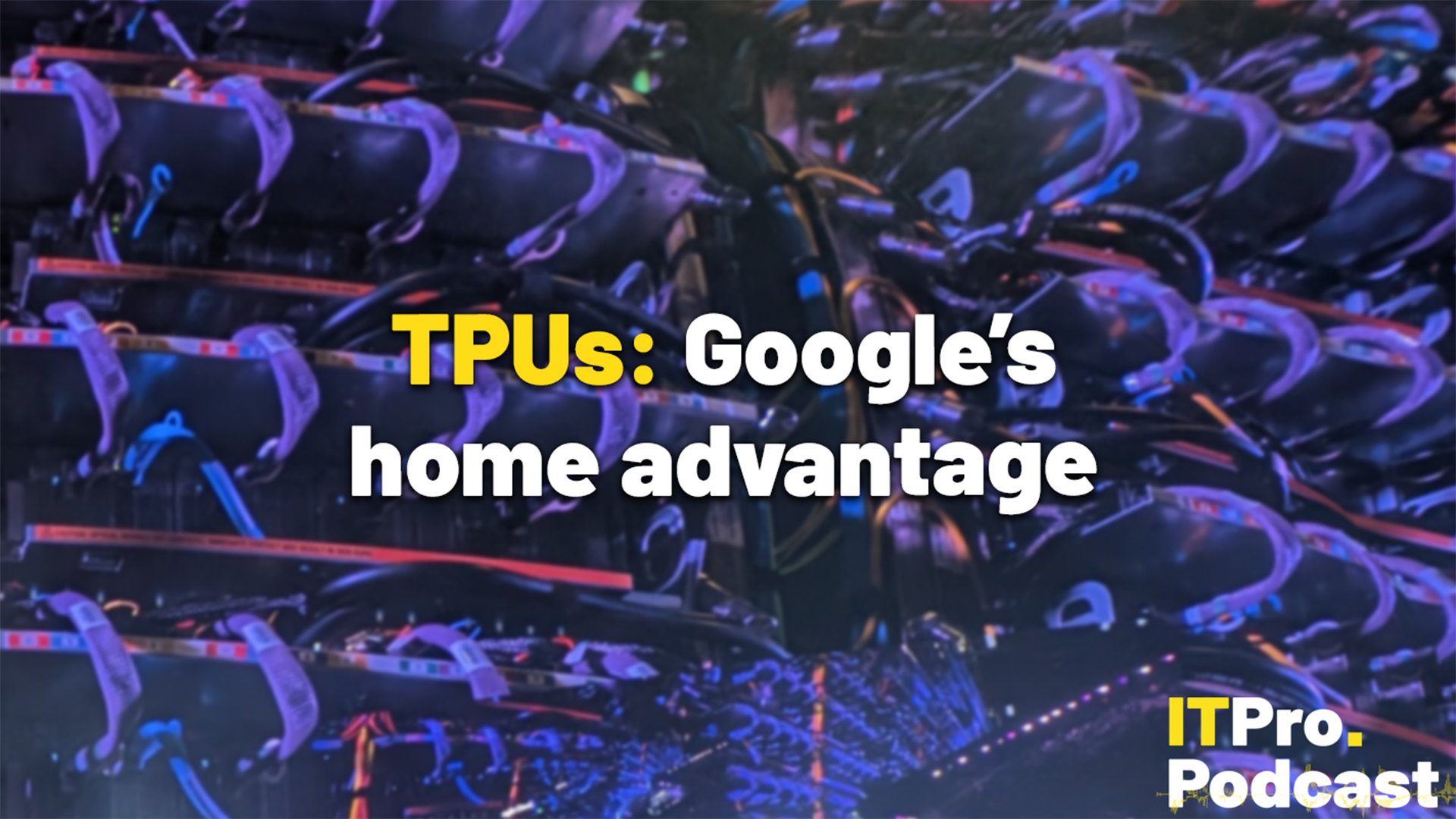Moving from on premise to cloud - a jump into the unknown?
When is it time to make the leap to cloud? There are many factors to bear in mind


The cloud is expected to become a business norm by 2020, with on-demand computing seen as a crucial way for CIOs to source technology resources. How realistic, however, is such a scenario?
With the ever-increasing range of regulations that private and public sector CIOs are expected to meet, can CIOs really afford to move to the cloud? Are the risks associated to potential data losses so great that most CIOs would rather pay more, keep IT in-house and have control of their own destiny?
One thing is certain, says Ian Cox, a CIO who recently left infrastructure specialist May Gurney after four years as IT director: moving to cloud-based services is not a straightforward task. Successful procurement and use of cloud services necessitates in-depth technical knowledge, covering security requirements, service models and integration concerns. Once a service is established, CIOs then need to pay attention to on-going management issues and performance reviews.
"The move to the cloud is too important to be treated as a simple, one-off procurement exercise, so it has to fall within the remit of the CIO, as it does for any other IT service," says Cox. "Selecting and managing multiple service providers is part of the day job for a CIO. But that’s not to say that all corporate systems and data can, or will, be put into the cloud. There might still be some in-house applications that will remain the responsibility of the CIO."
A step too far
For some organisations, the move away from internal IT still feels a step too far. Hesitancy can be attributed to a number of factors but security and compliance remain key obstacles to a full move on-demand. Such concerns are particularly strong in regulated industries, such as financial services, where the location of stored information is set in accordance with strong governance principles.
Julian Self, group operations and IT director at real estate information specialist IPD, says his company is yet to move to the cloud. He says the operational nature of his firm, which processes huge amounts of confidential data, means it is very restricted about where data can be held and used. "The cloud adds an extra layer of complexity,” says Self. "If you host internally, you own the keys to the IT systems."
Sign up today and you will receive a free copy of our Future Focus 2025 report - the leading guidance on AI, cybersecurity and other IT challenges as per 700+ senior executives
Security, however, is not the only issue. Many IT leaders are under-pressure from finance chiefs to investigate on-demand technology. C-suite executives have seen the marketing hype and, in an era of constrained economic conditions, are keen to see how the cloud can help move the balance on organisational spending from capital expenditure to operational expenditure.
Self suggests CIOs must find an approach that matches the demands of the specific industry. In many cases, he says CIOs who want to take advantage of the cloud are looking for real flexibility. In short, such technology chiefs need to be able to switch to cloud provision on-demand. And, for highly regulated firms, Self says security remains the biggest hurdle to a quick move between internal and external provision.
"You don’t necessarily know the in-depth security aspects," he says. "As a CIO, I don’t currently believe that I can secure systems associated to the cloud as well as on-premise IT. But as security is sorted, the cloud becomes more viable." And for some firms, in less highly regulated sectors, on-demand technology is already a viable option.
John Brown, IT director at William Grant and Sons, says current initiatives at his business include an attempt to push email to the cloud. Brown says it is possible to use the cloud for commoditised areas, like email and Microsoft Office apps. "We’re dipping our toe in the water but we’re not confident enough yet when it comes to running our business systems on-demand," he says.
Hesitant CIOs, of course, do not have to push all information beyond the corporate boundary. Some IT leaders are taking advantage of the private cloud, an on-demand infrastructure for a single organisation that is either hosted internally or externally.
Community cloud
Another option is the community cloud, where providers create a sector-specific approach in line with the governance requirements of firms within a particular industry. Examples include the ATI Cloud from Sita, which represents a dedicated community cloud for the airline industry, and the UK government’s G-Cloud initiative, which aims to promote the sharing of computing resources between public sector organisations.
Brown recognises that there are already some strong niche players operating in the cloud market place. He says would be keen to take advantage of any system that provides increased agility and flexibility, and which allows his organisation to make the most of its IT systems. “Like any CIO, it would be great if we could push more responsibility for infrastructure to suppliers who see such provision as their bread and butter,” says Brown.
Other technology chiefs take a similar stance. Essex County Council CIO David Wilde is analysing how on-demand technology can be used alongside some of his internal IT initiatives. He has started a pilot consumer IT scheme, where 150 BlackBerry Playbooks have been given to mobile workers in the organisation. He is keen to see how consumerisation can be used as a platform for a move on-demand.
“The next step to consider is apps, and the extent to which we can integrate front-end software with back-office systems. When you move towards a web-based front-end, it becomes much more complicated to manage the different locations where your devices are being used,” says Wilde, who says his the Council are currently investigating a number of on-demand packages, including Kana’s Lagan CRM system, Pitney Bowes’s Confirm on-demand technology and Microsoft SharePoint.
“Our work around bring your own devices and web-based apps is bringing the cloud to life,” he says. “But as we move on-demand, the complexity of IT management is moved to a different place and we need to think differently as CIOs. You’ve got to carefully manage the throughout from the cradle to the grave.”

Mark Samuels is a freelance writer specializing in business and technology. For the past two decades, he has produced extensive work on subjects such as the adoption of technology by C-suite executives.
At ITPro, Mark has provided long-form content on C-suite strategy, particularly relating to chief information officers (CIOs), as well as digital transformation case studies, and explainers on cloud computing architecture.
Mark has written for publications including Computing, The Guardian, ZDNet, TechRepublic, Times Higher Education, and CIONET.
Before his career in journalism, Mark achieved a BA in geography and MSc in World Space Economy at the University of Birmingham, as well as a PhD in economic geography at the University of Sheffield.
-
 Trump's AI executive order could leave US in a 'regulatory vacuum'
Trump's AI executive order could leave US in a 'regulatory vacuum'News Citing a "patchwork of 50 different regulatory regimes" and "ideological bias", President Trump wants rules to be set at a federal level
-
 TPUs: Google's home advantage
TPUs: Google's home advantageITPro Podcast How does TPU v7 stack up against Nvidia's latest chips – and can Google scale AI using only its own supply?